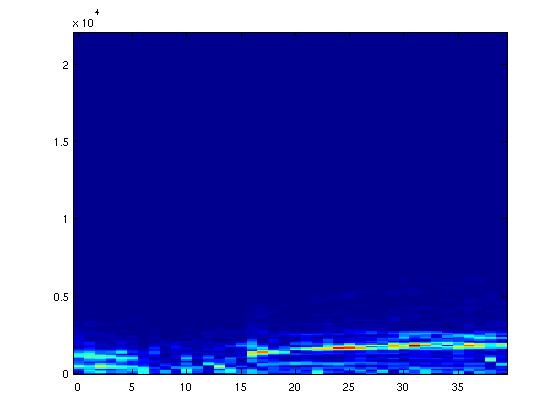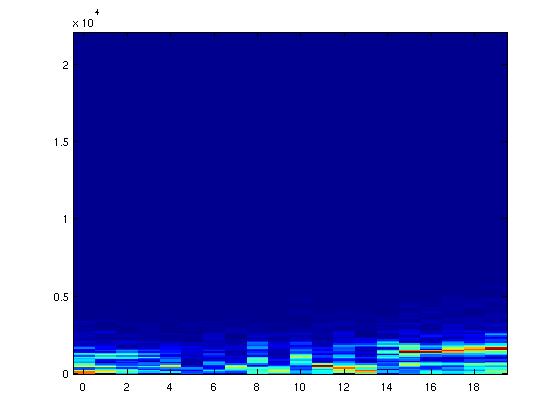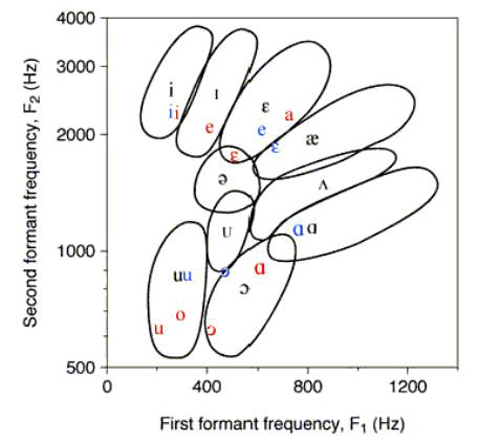Homework 9, ECE438, Fall 2010, Prof. Boutin
Due in class, Friday November 12, 2010.
The discussion page for this homework is here.
Question
"That's one small step for a man, one giant leap for mankind", was the phrase Purdue alumni Neil Armstrong planned to say as he stepped foot on the moon during the Apollo 11 mission. However, a careful listening of the recording indicates that the phrase he actually uttered is "That's one small step for man, one giant leap for mankind", skipping the "a" before "man" and thus creating a tautology.
Listen for yourself at either of these links:
http://en.wikipedia.org/wiki/File:Frase_de_Neil_Armstrong.ogg
http://nssdc.gsfc.nasa.gov/planetary/lunar/a11step.aiff
Using any appropriate DSP technique, investigate whether Neil Armstrong did say "a" before the word "man". Hand in a report of your investigation, including your code. You will get bonus points if you post your report below (using the media wiki markup language; do not post a pdf of your report or a word file!). Individual modifications to this assignments are welcome with prior approval from your instructor.
CAREFUL: DO NOT PLAGIARIZE.
-- I have an .au file of the speech now. Neil's speech in .au extention (RC->save link as->"save as type"=All, "file name"=filename.au. NOTE: sampled at 44.1 Kbps (Fs = 44100), otherwise will take forever for the sound() command to end. [mwolfer]
NEW!!! .au file of Neil Armstrong's speech at Purdue!!! CLICK ME! This can be used to find those phonemes that he doesn't say in the small one small step for man speech file. NOTE: Fs = 44100, it is a very large file (18.4MB), and it is stereo. Given that it was taken with a hand-held video recorder, you should be able to drop one channel and not lose any data. Enjoy! [mwolfer]
Post your report for extra credit below
- report 1
- report 2
- report 3
- etc.
Report 1
The matlab code I used first found out the range in which Neil Armstrong said 'For a man'. Then I created a spectrogram. The code I used:
%Neil = auread('neil.au'); %sound(Neil, 44100);
% You can hear 'For man' using the next line %sound(Neil(77000:90000),44100); %y = Neil(77000:90000); %Specgm(y, 380, 60, 512);
%Getting closer up to where 'a' should be found %sound(Neil(77500:84000),44100); %x = Neil(77500:84000); %Specgm(x, 380, 60, 512);
Zooming in, I looked at the area where the 'a' should be (between 10 and 12 on the second image). I noticed that the intensity of the spectogram was strong at 500Hz and it was even a bit noticeable around 1000Hz.
First of all, since it's obviously a very weak 'a' (otherwise we'd hear it clearly), the forments would be in the lower range for 'a'. Looking at a vowelchart, 500Hz is definitely in the lower range for the 1st formant andf 1000Hz is in the lower range for the second formant.
[[jjhaver]




